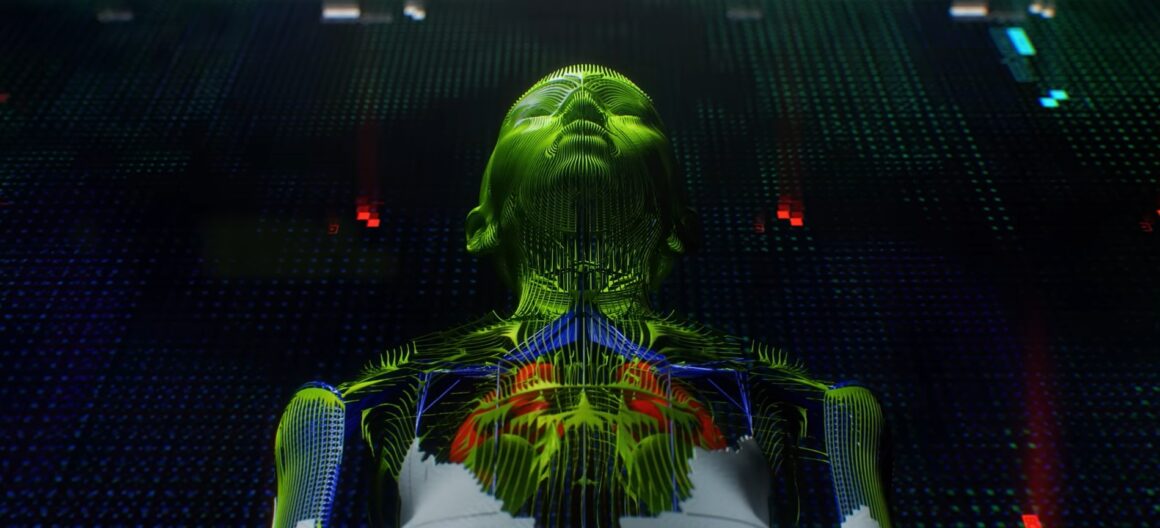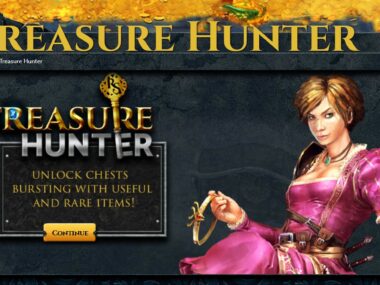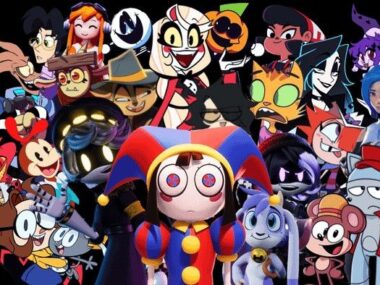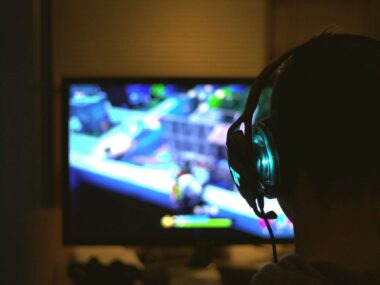When accusations of art theft surfaced around Marathon, Bungie’s upcoming extraction shooter, it might’ve seemed like an isolated mistake. But this marks the fourth time the company has been caught using artists’ work without permission. This time, from an artist named Antireal, whose environment designs appear to have been lifted into the game. Bungie responded by accepting responsibility and promising to review the work of the former employee responsible, vowing to tighten documentation protocols moving forward.
But how many times does this need to happen before we stop accepting “We’ll do better” as a sufficient response?
This pattern suggests a deeper issue than simple oversight. And that issue appears to lead straight to the top.
A Culture of Pressure, Not Creativity
Bungie CEO Pete Parsons has a long history with the company, dating back to Halo 2. He helped lead Bungie through its split from Microsoft and later its acquisition by Sony. But throughout that time, his management style has remained remarkably consistent: high pressure, high stakes, and little room for failure.
Former Bungie composer Marty O’Donnell, once a major decision-maker at the studio, painted Parsons as someone who “played both sides” between Bungie and Microsoft. According to O’Donnell, Parsons prioritized corporate growth over the studio’s original, more creative culture.
Unsustainable Growth and Repeated Mistakes
The fallout from Bungie’s aggressive expansion in recent years is hard to ignore. After building up staff in anticipation of new projects and live service ambitions, Bungie laid off around 17% of its workforce in 2023 and 2024. Parsons justified this as a necessary move to “refocus” the studio. Yet, many of the employees laid off were those working weekends and holidays trying to meet unrealistic deadlines. Parsons himself wasn’t affected.
In this context, it’s easier to understand how repeated instances of art theft could happen. When your studio is stretched thin chasing growth targets, creative integrity often becomes a casualty. The stolen assets in Marathon, and before that, in Destiny 2 trailers, cutscenes, and merchandise, are not just slip-ups. They reflect a company that is running its talent into the ground.
What This Means for Marathon
Even without the controversy, Marathon is facing an uphill battle:
- Players dislike the art style.
- There’s no proximity chat, limiting communication.
- Solo players are forced into squad-based matchmaking.
- Characters are pre-designed heroes, not player-created avatars—a growing point of fatigue in the genre.
Competing titles like Arc Raiders are directly addressing these issues, drawing attention to how out of touch Marathon appears in comparison.
And now, with art theft allegations resurfacing, it’s not just a question of whether Marathon will be fun. It’s whether the team building it is even functioning creatively. Reused and stolen assets are signs of a pipeline that isn’t working. Whether it’s due to poor leadership, burnout, or a lack of internal accountability, Marathon is being shipped out of a studio that appears deeply unstable.
The Real Problem Isn’t Art Theft. It’s Leadership
Each act of creative infringement is treated by Bungie as an isolated mistake. But patterns tell a different story. When a studio under the same leadership repeats the same mistake four times, it’s no longer just about ethics. It’s about competence.
Pete Parsons’ management style, prioritizing results over sustainability, is fostering a workplace where employees are overworked, creative processes are rushed or broken, and accountability is deflected until public backlash forces a statement.
The question isn’t whether Marathon will succeed. It’s whether Bungie, under this kind of leadership, can remain a trustworthy creative studio at all.
If Bungie wants to be seen as more than just another corporate studio chasing growth, it needs to stop treating art theft like a PR issue and start treating it like a leadership failure. Because at this point, that’s exactly what it is.






